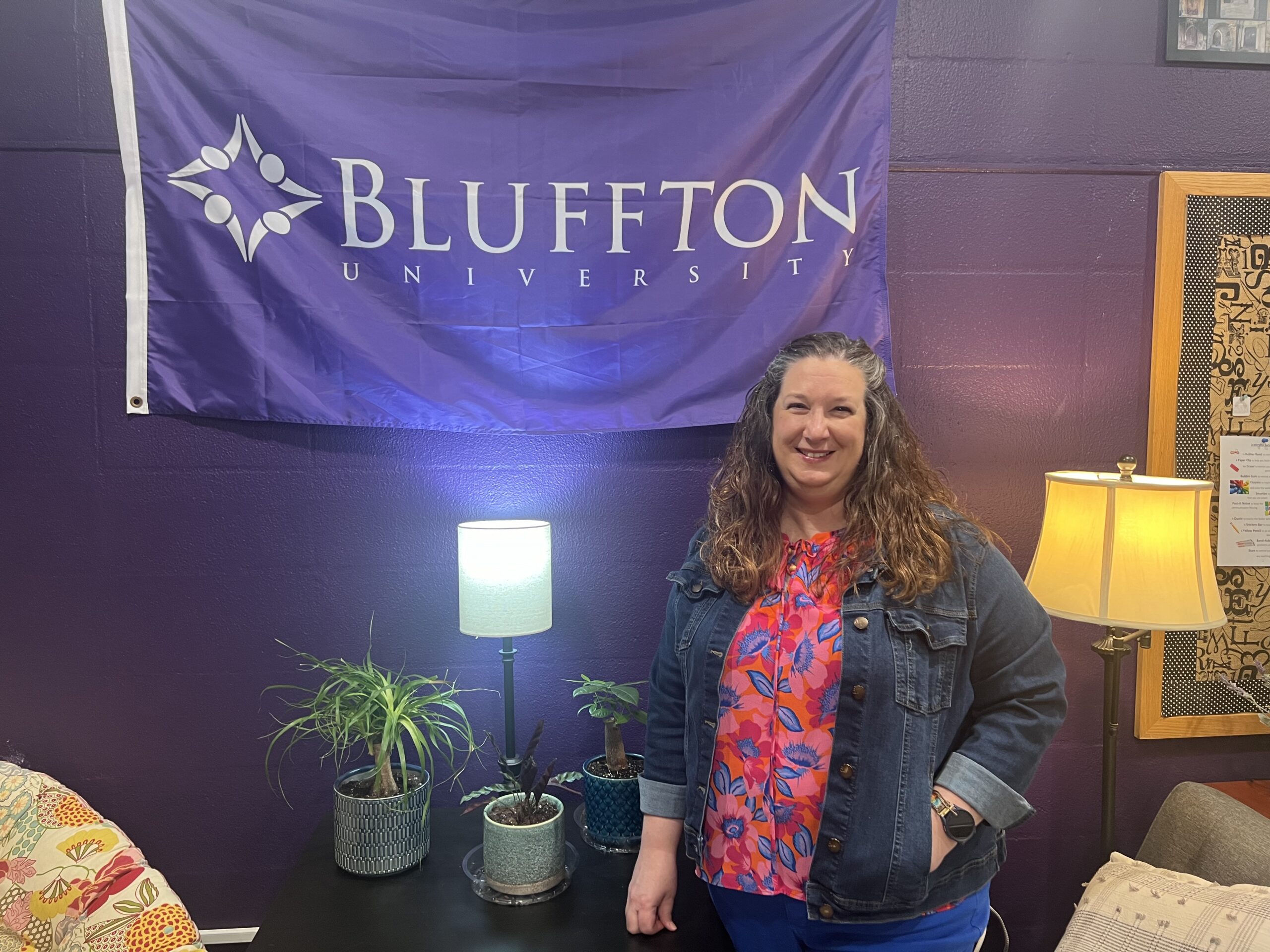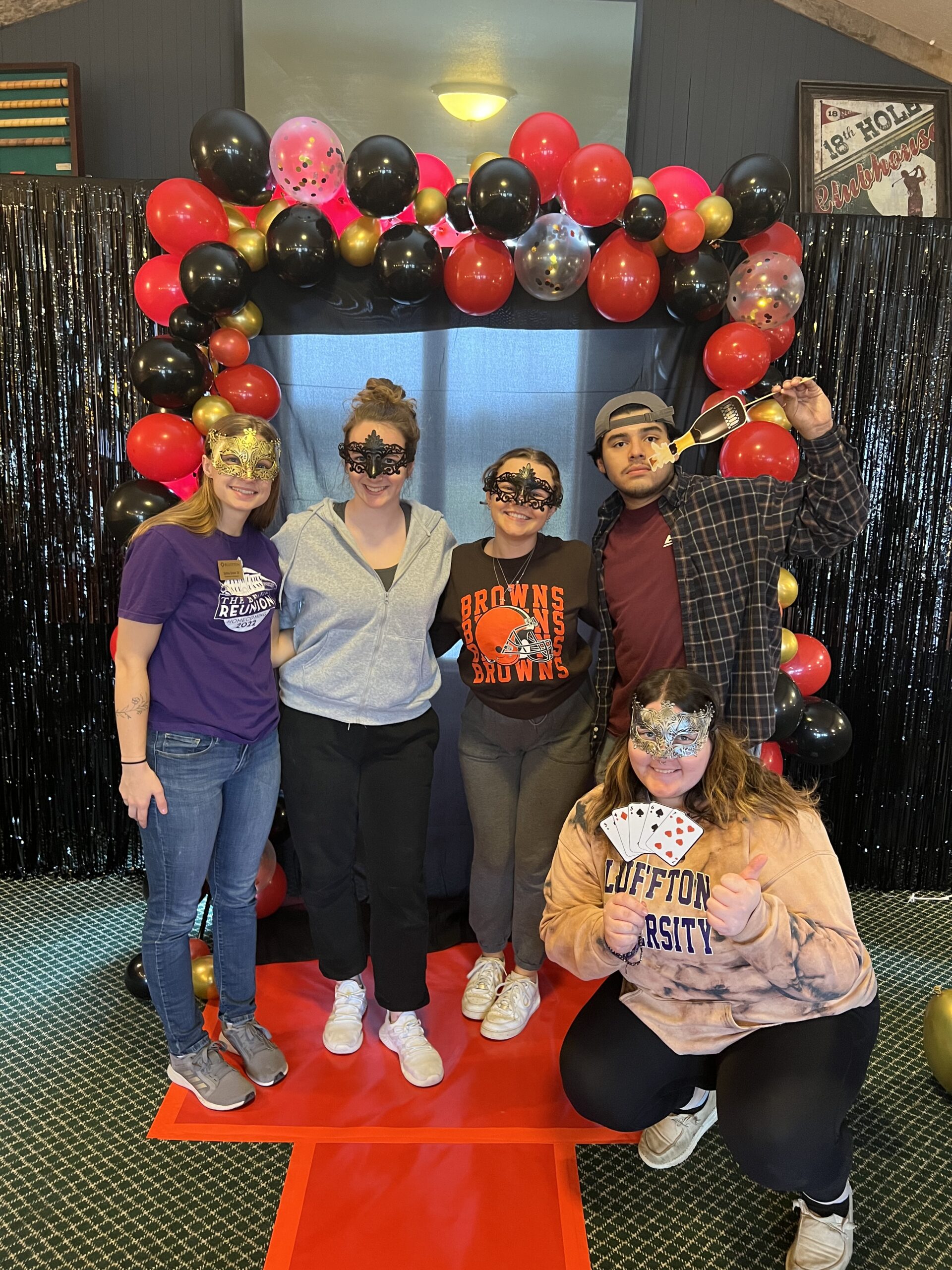Paved roads lined the dull, squishy fields scattered with monuments. Hills and mountains surrounded the land, and fluffy clouds dotted the bright blue sky. A blend of old and new buildings worked in harmony, keeping the essence of the Civil War as the battleground and historic town ran together.
In March, I had the privilege of joining Perry Bush, professor of history, and six students from his Civil War history class on their three-day field trip. On the first day, we arrived in Gettysburg, Pa.
For weeks leading up to the trip, the class learned about the Battle of Gettysburg. Bush planned the trip to enhance his students’ knowledge on the subject in both academically and experientially.
“It all seems very antiseptic, but then when you go you have a better sense of—I mean there is no way to know what it was to be in battle even though we try to remind ourselves all the time—the smoke, it was a different time of year obviously, but the terrain hasn’t changed much,” said Bush.
Field trips are a chance for students to step out of the classroom and gain new perspectives that cannot be found in a textbook.
On day two of the trip, Gettysburg was littered with people. The weather was comparable to the day before, and our group was joined by tour guide Paul Marcone. He served as our teacher for the day by sharing his limitless knowledge on the Civil War.
Marcone carried a red binder filled with picture as he gave the tour, stopping periodically to use it as a visual aid as he told detailed stories of Civil War generals.
The stories brought to life the horrid events that took place on the very land on which we stood. We were able to walk in the footsteps of fallen soldiers.
Junior Tim Bender said visiting battlefields was a way of seeing history “on the bottom level” and learning what it was like for a soldier in the combat.
“I was interested both in understanding what the common historical experience of a soldier was in the war, but also how as a historian, how events of the past were preserved,” said Bender. “I wanted to see what the national park chose to emphasize and what was left out.”
Even though this trip was part of Bush’s Civil War class, not all of his students decided to attend. Four students chose not to go to Gettysburg, Pa., due to other obligations.
“Doing what [the students on the trip] did over the weekend was a sacrifice,” Bush told the class. “We had eight very busy students and lots of things to do, and because [they] spent three days, [they] couldn’t work on papers, [they] couldn’t go to work. [They] all paid a price, on some level, for giving up three full days of [their] lives.”
The trip ended when the van arrived back on campus. When we got out of the van, we were greeted by the stars and frigid air. Historic and modern buildings on Bluffton’s campus sat side by side, reminiscent of those we’d left behind in Gettysburg, Pa.






